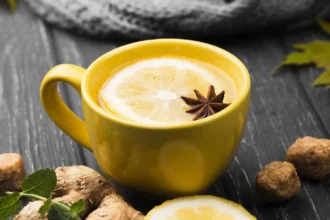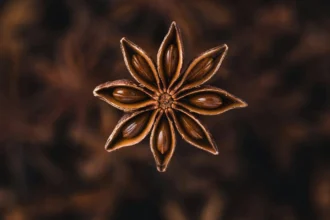How Different Cultures Use the Same Spice Differently
Spices are a universal language in the culinary world. They bridge the gap between traditions, tell stories of trade and migration, and add layers of flavor to diverse cuisines. But while the same spice may be used across the globe, its role, preparation, and pairing vary widely from one culture to another. Let’s explore how different regions use common spices in unique ways.
1. Turmeric: The Golden Healer
India: The Essence of Curry & Ayurveda.
In India, turmeric is a sacred and essential spice. It is the heart of many curries, lending a deep yellow hue and earthy bitterness. It’s also a staple in Ayurveda, consumed in warm milk (Haldi Doodh or ‘Golden Milk’) for its healing properties.
Thailand: A Fragrant Curry Base
Thai cuisine uses fresh turmeric in its signature yellow and massaman curries, blending it with coconut milk, lemongrass, and galangal to create a fragrant, creamy dish.
Middle East: A Key Ingredient in Spice Blends
In Persian and Middle Eastern cooking, turmeric is often part of spice blends like Advieh, used in stews, rice dishes, and grilled meats.
2. Cumin: The Smoky Earthy Enhancer
India: The Tadka Champion
Indian cooking frequently begins with cumin seeds sizzling in hot oil (tadka) to release their earthy aroma before adding vegetables, lentils, or meats. Ground cumin is also a key ingredient in garam masala and chaat masala.
Mexico: A Taco & Chilli Essential
Mexican cuisine relies on cumin to add smokiness and warmth to chilli, tacos, and salsas. It’s often combined with oregano, garlic, and chilli powder to create bold flavours.
Morocco: The Soul of Ras el Hanout
Cumin is a crucial part of Ras el Hanout, a spice mix that defines Moroccan tagines, grilled meats, and vegetable stews.
3. Chilli Powder: The Heat Spectrum
India: Fiery and Flavourful
In India, chilli powder varies by region. Kashmiri chilli powder offers mild heat with deep red colour, while Guntur chilli from Andhra Pradesh packs serious spice. It is used in almost every Indian curry and chutney.
Korea: Fermented Heat in Kimchi
Korean cuisine uses Gochugaru (Korean red chilli flakes) to give kimchi its signature spice, along with being a key ingredient in gochujang (fermented chilli paste).
Hungary: The Sweet and Smoky Paprika
Hungarian paprika, a type of mild chilli powder, adds a rich red colour and subtle heat to traditional dishes like goulash and paprikash.
4. Coriander: Fresh, Citrusy & Aromatic
India: Ground and Whole Forms in Curries
Coriander seeds are used ground in Indian curries, while fresh coriander leaves (cilantro) garnish dals, chaats, and sabzi.
Latin America: The Heart of Salsa & Ceviche
In Mexico and Latin America, fresh cilantro is an essential ingredient in salsa, guacamole, and ceviche, adding a bright, citrusy note.
Europe: A Baking & Pickling Agent
In European cuisine, coriander seeds are used in baking (German rye bread) and pickling brines for their warm, slightly lemony flavour.
5. Cloves: Sweet, Spiced, and Aromatic
India: A Staple in Garam Masala
Cloves are an essential spice in Indian garam masala, adding warmth and depth to biryanis, curries, and masala chai.
Indonesia: The Secret Behind Kretek Cigarettes
Indonesia is the largest producer of cloves, where they are famously used in Kretek cigarettes, known for their sweet, spicy aroma.
Europe: A Festive Spice
In European cuisine, cloves flavour mulled wine, gingerbread, and holiday hams, adding a festive touch to winter treats.
Conclusion
The beauty of spices lies in their adaptability. A single spice travels across borders and transforms itself in every kitchen it enters. From fiery Indian curries to fragrant Moroccan tagines and tangy Mexican salsas, each culture breathes new life into familiar flavours.
What’s your favourite way to use these spices? Share your stories in the comments below!








Leave a Reply